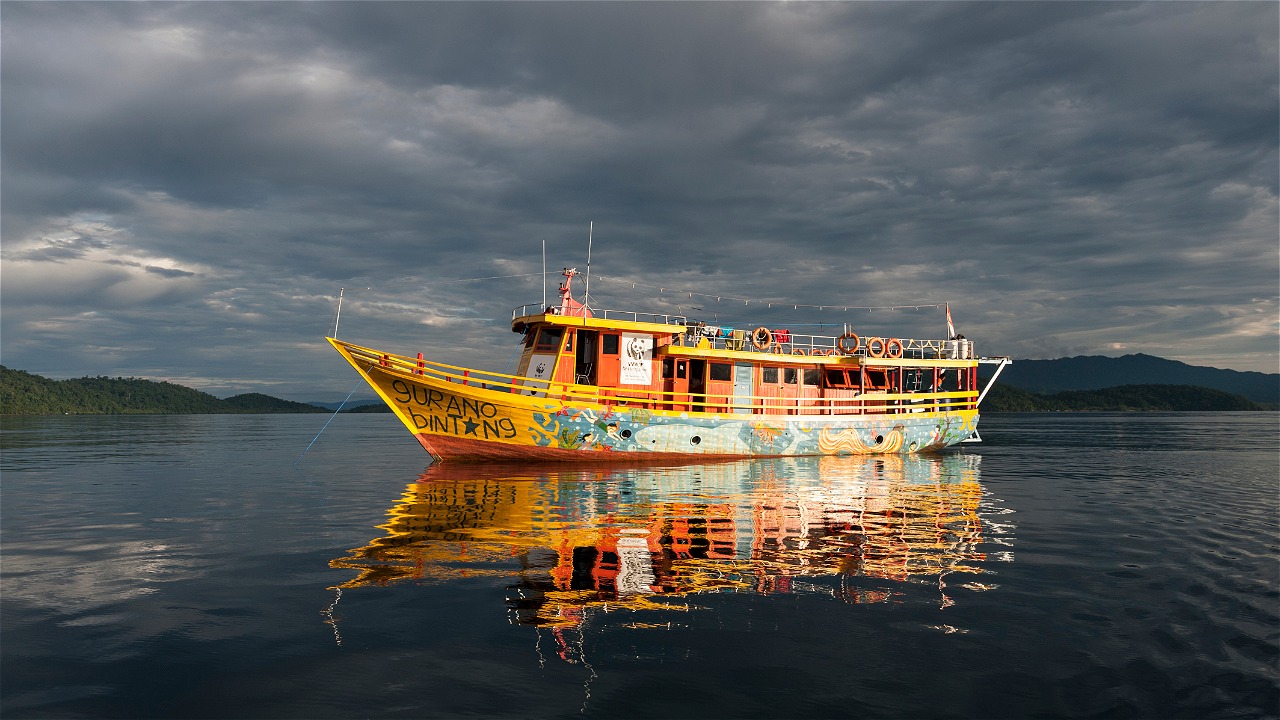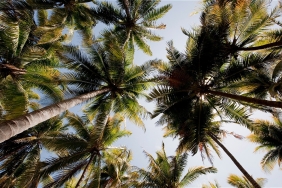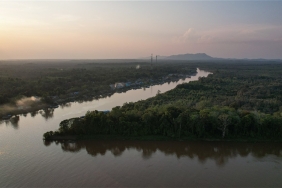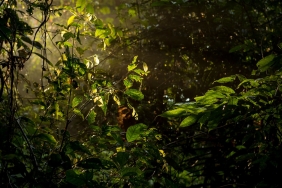WITH GURANO BINTANG INTRODUCING ENVIRONMENTAL EDUCATION AND CONSERVATION
By: Elisabeth Pekey, Non-staff ESD Officer Wasior Office
Extraordinary is the right word to describe what we saw and felt on the Gurano Bintang Trip last February 23-March 24. Together with 18 Gurano Bintang volunteers (teachers, school supervisors, chairman of YPK Nabire, staff of BAPPEDA and the Environmental Agency in Teluk Wondama and Nabire districts) we traveled on the high seas to provide environmental education and conservation to children scattered in the Teluk Cendrawasih National Park area, Papua and West Papua.
Using WWF-Indonesia's ship named Gurano Bintang, which means whale shark, we invite children to experience learning on an educational ship. The way of learning is very fun by using various props that have been provided by the WWF-Indonesia Team. And interestingly this trip was a little different, we had a guest teacher to play and learn together.
"Wow,something different from usual", I said. Together with the volunteer teachers, we learned how to teach creatively and innovatively by utilizing nature as learning material. Learning activities supported by the Gurano Bintang Environmental Education and Conservation Book have been designed in accordance with the basic competencies that have been determined in the local environmental education curriculum in Papua.
Thank you, teacher!
Before going to the field, we received training in developing learning tools for elementary school level integrated with environmental and conservation education using the 2013 curriculum from Widyaswara Lembaga Penjaminan Mutu Pendidikan Papua Barat (LPMPPB) in collaboration with the Regional Government of T Wondama Regency, Nabire Regency and WWF-Indonesia. This guidebook is the basis of knowledge for 40 trained relawanguru and Gurano bintang facilitators in each village visited in applying the science of environmental education and conservation to elementary school students.
In just one month, divided into three days in each district, we managed to provide mentoring using the Environmental and Conservation Education Book in 23 villages. The mentoring, which involved teacher representatives and additional facilitators from each village, was also carried out successfully. Thus, this Gurano Bintang trip resulted in 112 teachers who have been trained to use the guidebook to be taught in daily subjects later.
And it turns out, the assistance that runs boisterous and relaxed has aroused the enthusiasm of the teachers in establishing kinship with each other by forming discussion groups. A lot of new creativity was created from the hands of these teachers, starting from new songs about the environment from the tone of children's songs to making props from unused items.
"We feel proud to meet and share the knowledge of creative teaching practices by utilizing nature as a learning medium for students. Sin addition to being able to align subjects to in the 2013 curriculum syllabus, we together with local teachers constructed lesson plans (RPP) with previously taught methods and distributed Gurano Bintang Environmental Education and Conservation books that have been reproduced by the Regional Government of Teluk Wondama Regency. Teluk Wondama to schools here," Antonius K, principal of SD YPK Wondiboi.
With the determination to improve education in the villages where the teachers serve, there is patience from their service to make a difference for the children there.
"Activities like this really build the spirit of students and the teachers in theung camp also getnnewinspirations thatmake them more creative in the teaching process at school", said Mrs. Asilina, an elementary school teacher from Kaprus village, Soug Jaya District, Kab. Teluk Wondama.
Many impressions were engraved when the teachers felt that they wanted to be heard and complained, making this assistance have its own color. There is a feeling of enthusiasm that is implied after this Gurano Bintang trip is carried out, giving birth to a desire to continue to spread the spirit of learning so that the mission of educating Papuan children does not stop here.





